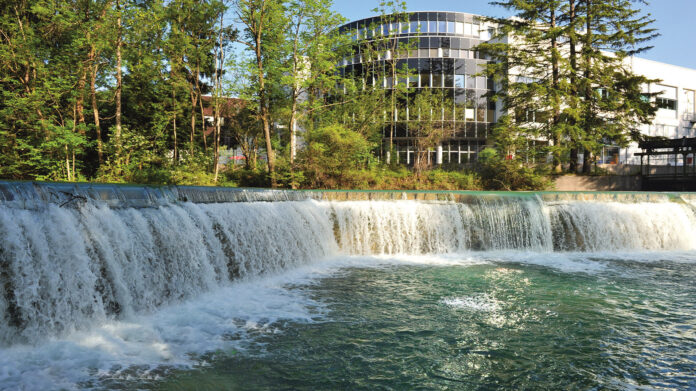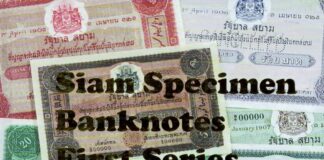Louisenthal won the Award for the Best New Environmental Sustainability Project by the International Association of Currency Affairs (IACA). The IACA is one of the largest associations in the currency industry and has been presenting annual industry awards since 2007. Louisenthal is part of the G+D Group which joined the UN Global Compact in 2010.
“Environmental responsibility, sustainability and respect for natural resources have always been part of Louisenthal’s DNA. And how could they not, looking at the lovely surroundings at Louisenthal in Gmund at Tegernsee, Bavaria and also in Königstein, Saxony. Both areas are famous for their beauty,” said Clemens Berger, Louisenthal’s Chairman of the Board of Managing Directors. “Which is why we are delighted to have won this award, acknowledging our contribution. Last year, we decided to set up a sustainability project, adding metrics and analytics, which would help us to measure our efforts in sustainability and to even increase them step by step.”
One of Louisenthal’s visions is a sustainable banknote. For this purpose, the company examined the lifecycle of a banknote from cradle to grave. Increasing the proportion of organic and fair trade cotton used in its substrates was a first step. Taking a closer look at water consumption, conditions of production and energy resources a second one. A third step is the careful handling of hazardous materials. Berger explained that “water is a very emotional topic. Louisenthal is located within the drinking water catchment area for Munich. Building a paper mill in the middle of this area meant that, right from the start, part of our main focus has been environmental protection and sustainability in our processes. When it comes to ensuring clean water we follow perhaps the strictest rules in the world – and gladly so. Louisenthal has always gone beyond legal requirements when deemed environmentally sound for its two locations.”
Over the last decade and a half, Louisenthal spent EUR 15 million on sustainability. One example is the efficient, sustainable approach to heating and cooling works. This has yielded savings of around 1.5 gigawatt hours of electricity per annum since 2009, the equivalent of some 600 tons of CO2. Another is the reduction of water consumption by 40% over nine years, from 1,600 m3 a day to 900 m3, with the help of a wastewater treatment plant. Bacteria are used to purify the processed water. Once they have fulfilled their purpose, the bacteria are separated and recycled using a membrane filtration system. The purified water is reused in production. 25 percent of Louisenthal’s electricity in Gmund is being generated locally through combined heating and power generation and CO2-neutrally through three water turbines. They are equipped with a sensor-controlled, fully automatic water inlet that only takes the amount of water it actually requires, most of which goes back into the river. In a last step, Louisenthal addresses the issues of disposal and recycling, aiming for “no waste”.
“We have always been environmentally responsible”, says Berger. “And now we are doubling our efforts year on year with the whole team completely behind our goal of a green banknote. This award will spur us on.”
On their website Louisentahl explains its sustainability strategy and gives more details on the green banknote.
Louisentahl has received several awards for the development of the most modern security features of banknotes as can be found in banknotes from Thailand and Armenia.




